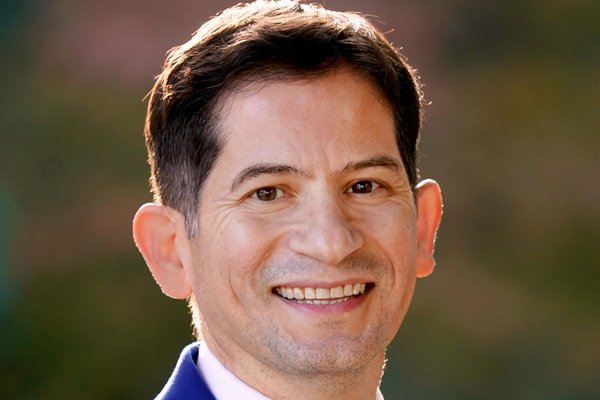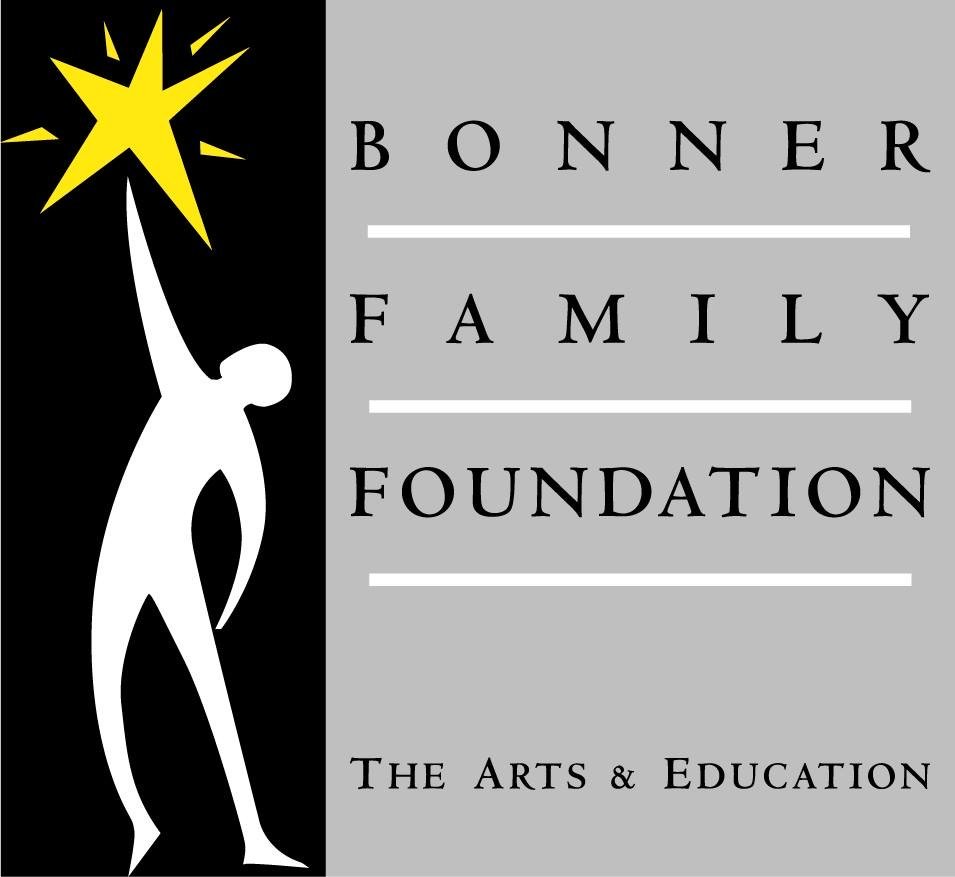Swirling clouds hint at waltzing couples. As they dissipate little by little, we make out an immense hall filled with a whirling crowd.
The scene gradually brightens. The light of the chandeliers breaks through fortissimo…
That’s how Maurice Ravel imagined the opening moments of La Valse, a piece that would occupy him for more than a decade. As early as 1906, Ravel began conceiving an orchestral work that would pay tribute to the beauty and life-affirming joy of Viennese culture. In a letter that year, he mentioned that he was conceiving “a grand waltz, a sort of homage to the memory of the great Strauss — not Richard; the other, Johann.” That same year, he also wrote to the arts patron Misia Sert that he was beginning work on “Vienne, which is destined for you, as you know.” By 1914, he had translated the title from French to German, and work was underway.
Then the War began.
Ravel could not in good conscience compose a piece named after the enemy capital, so he set Wien aside. Despite his age and a heart condition, he enlisted as a truck driver in the 13th Artillery Regiment, transporting munitions to the front lines. He was often under heavy bombardment, and the stress of seeing friends and comrades die in the trenches took a toll on his health. Eventually, a bout of peritonitis led to intestinal surgery. While recovering, he learned that his beloved mother had died. The strain was more than he could bear.
Ravel fell into a deep depression. He was discharged from the army and spent the following years in and out of hospitals, refusing to compose — because, he said, the piano in his apartment was flat.
In 1919, Serge Diaghilev stepped in, perhaps at Misia Sert’s concerned suggestion, and asked Ravel to compose a piece for his Ballets Russes. The composer decided to resurrect Wien, but after the horrors he had witnessed, his view of Viennese culture had changed. No longer a tribute to a society filled with sumptuous beauty, the piece became “an apotheosis of the Viennese waltz, which mingles in my mind the impression of an eerie and fatal whirlwind.” He completed the work, now called La Valse, in April 1920. It was his first large-scale work since before the war.
La Valse opens as Ravel originally envisioned — swirling masses of sound give glimpses of lilting waltz rhythms through the haze. A gentle dance melody coalesces and grows in a magnificent crescendo until the clouds part, the chandeliers illuminate in a glorious fortissimo, and we are escorted into the elegance of a courtly ball.
Stylish couples whirl as tune after tune spirals from the orchestra. However, subtle shadows begin to appear. The music trips over itself, but it’s rescued by charming distractions from the woodwinds. The dancers reset, and we begin again with the opening waltz.
All is not well in this paradise, though; a more malevolent tone has arisen within the music. Darker elements appear, and the music is unable to purge itself of them. Each attempt at a restart fails, because these forces grow from within the rhythms themselves. The waltz can no longer control the wild inertia of its own energy, but the dancers are unwilling to abandon the dance.
The music tries desperately to right itself and reestablish the opening elegance, but it’s no use. Trapped in a cycle of savage rhythm, the piece tears itself apart from within. A magnificent creation collapses in ruins because it is unwilling to confront the dark side of its own beauty.
Copyright © 2022 Chris Myers (argylearts.com). Used by permission. Unauthorized distribution or reproduction prohibited.














